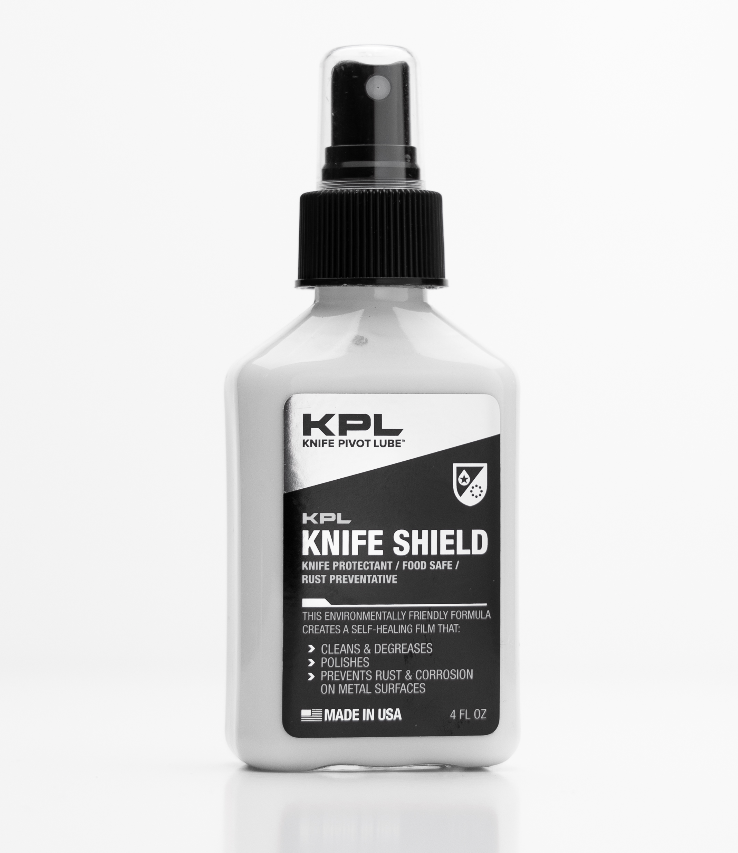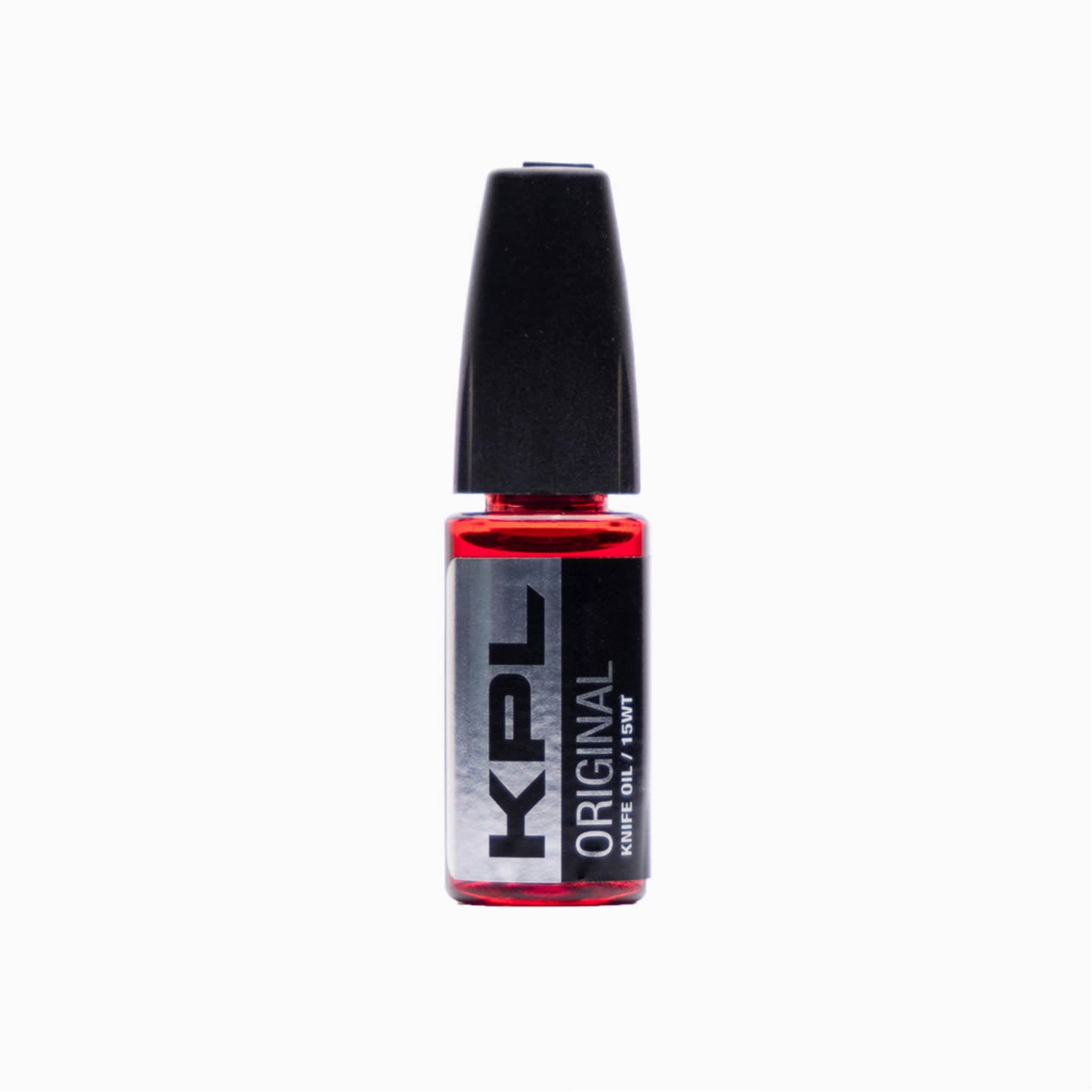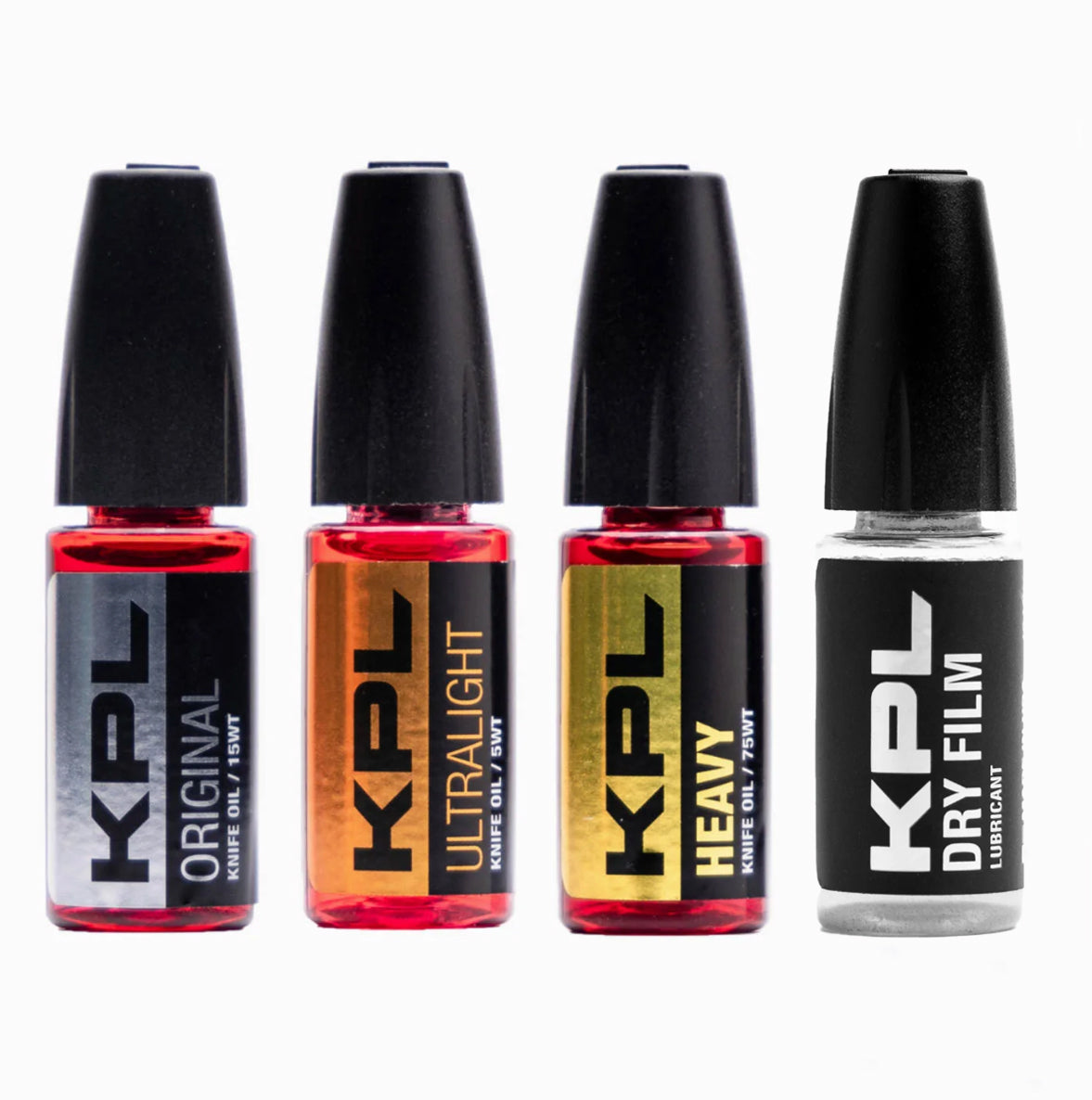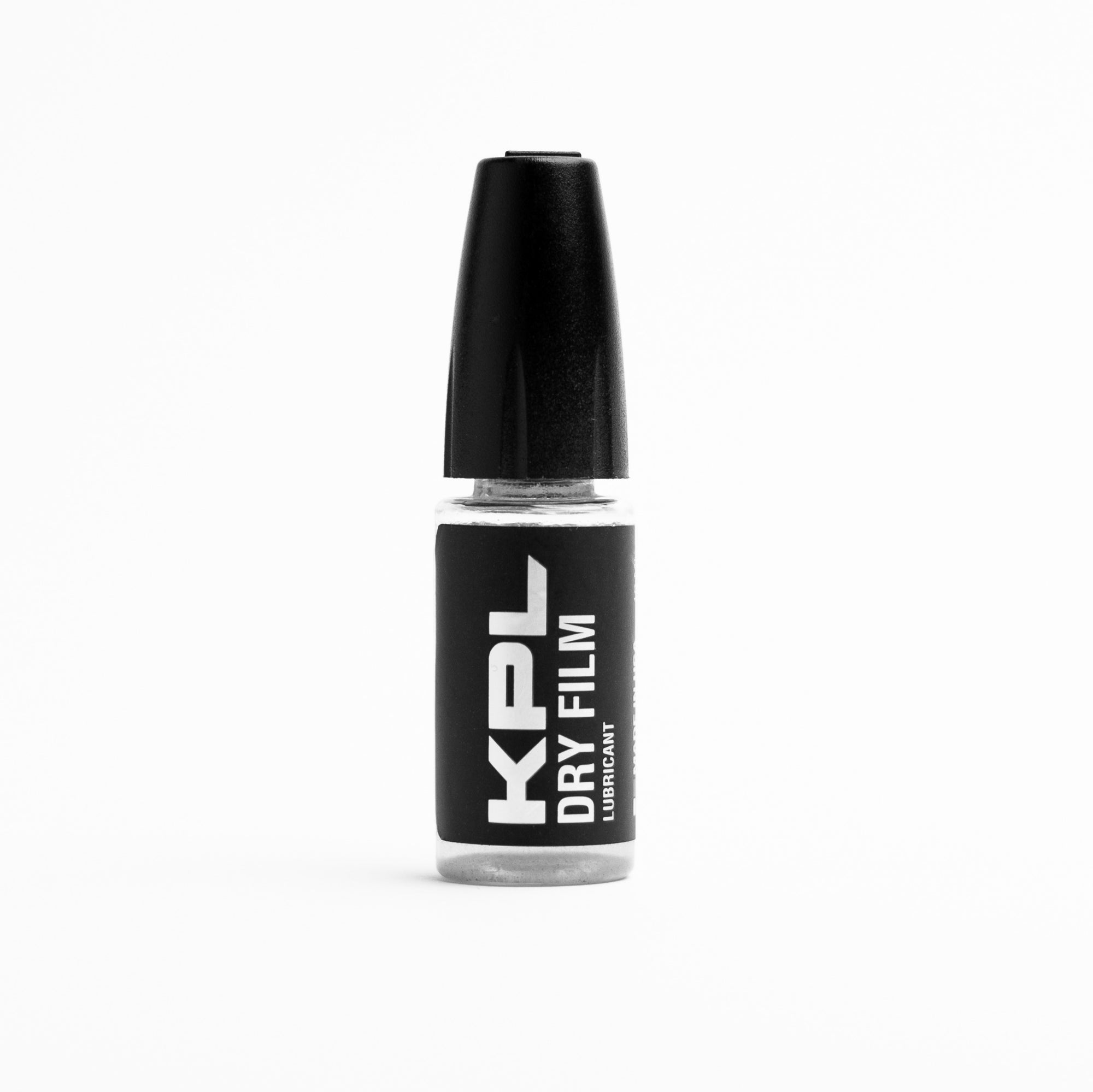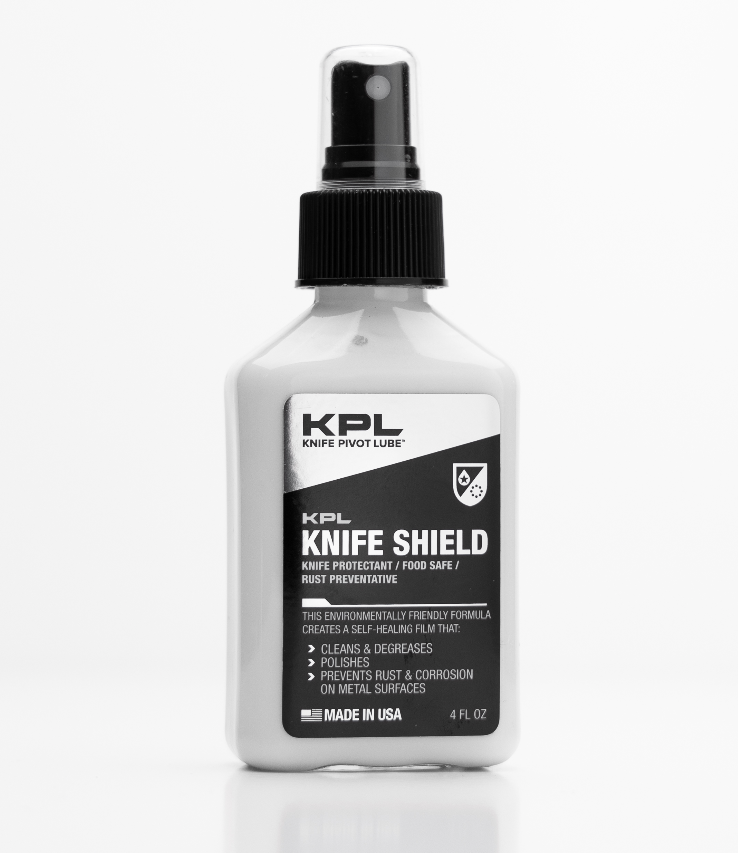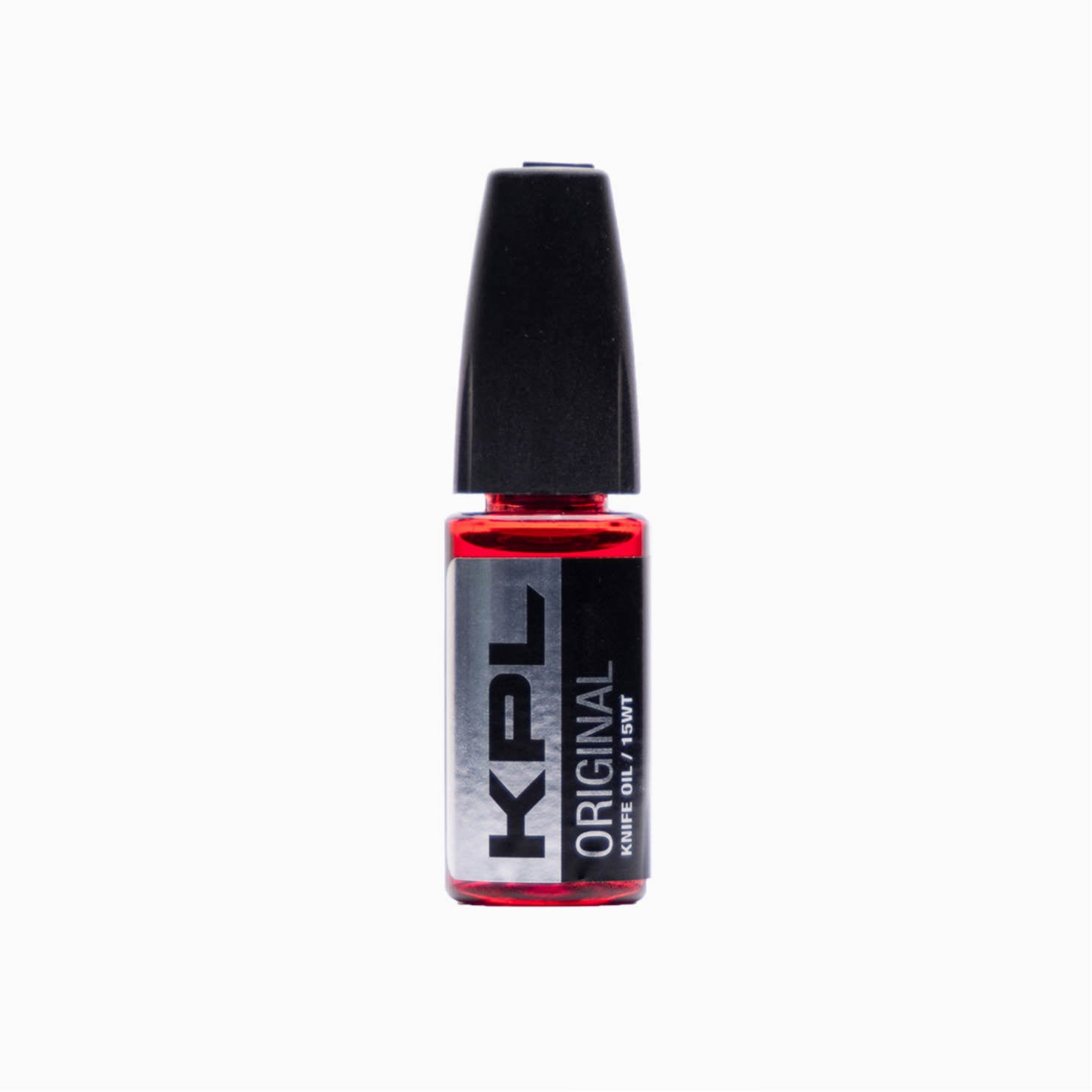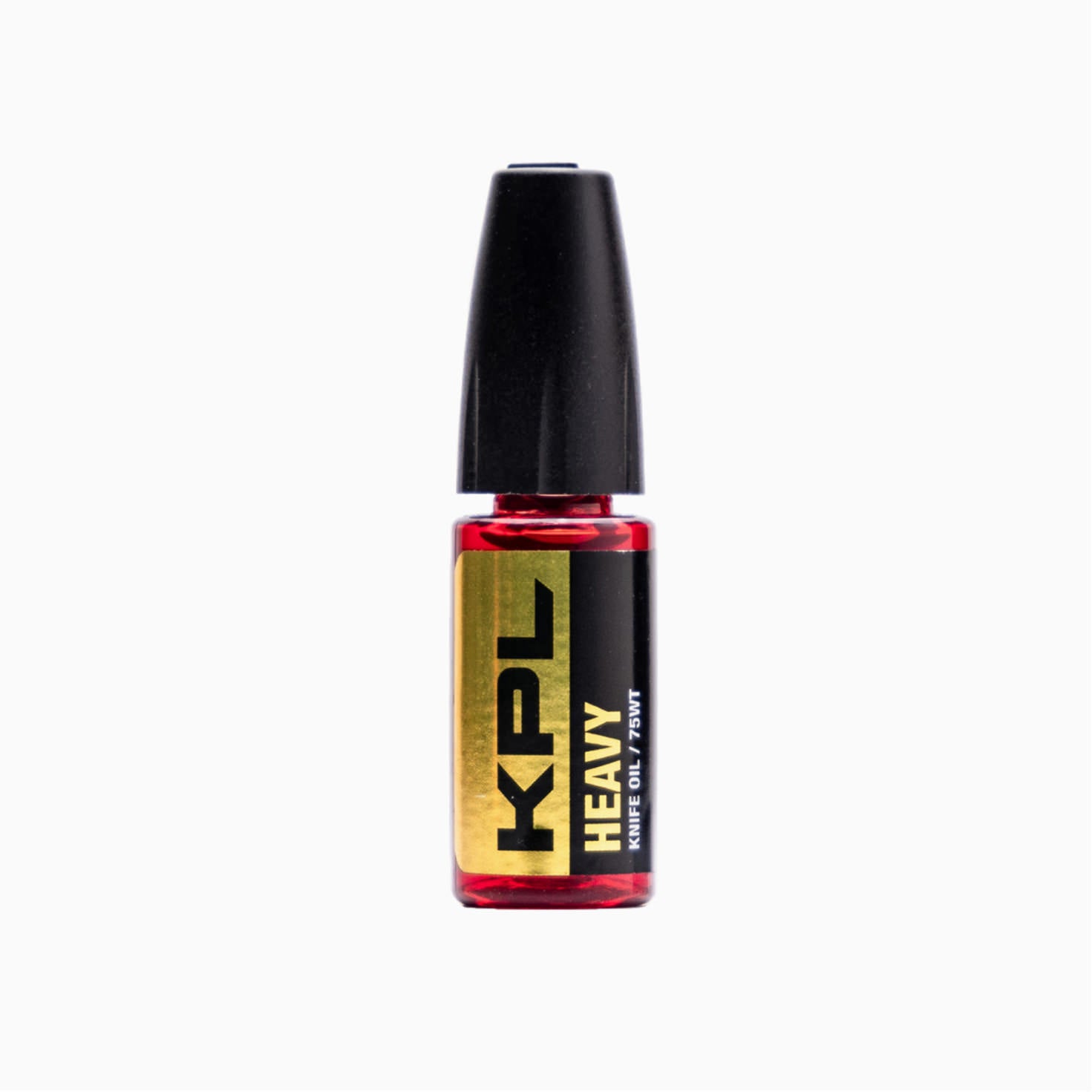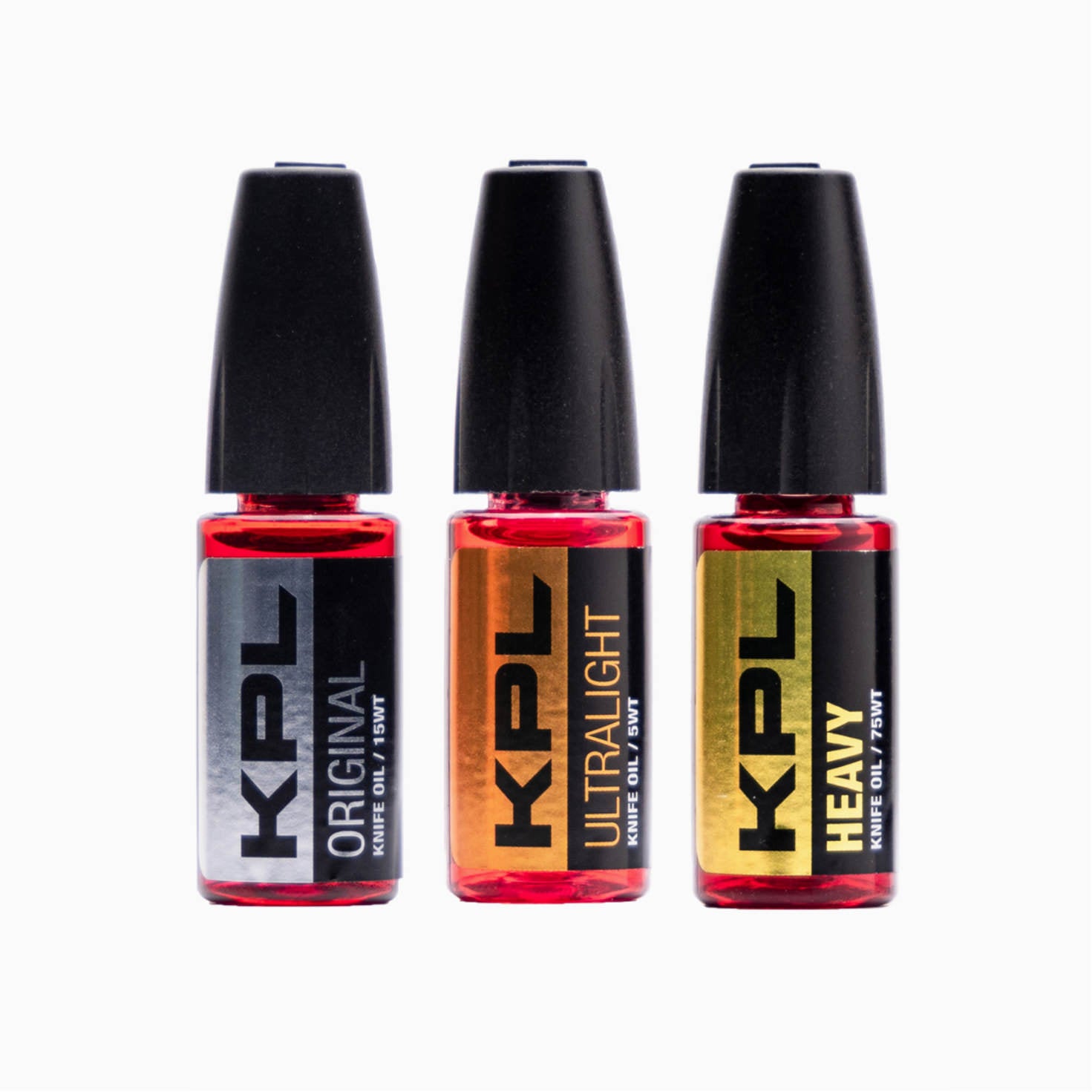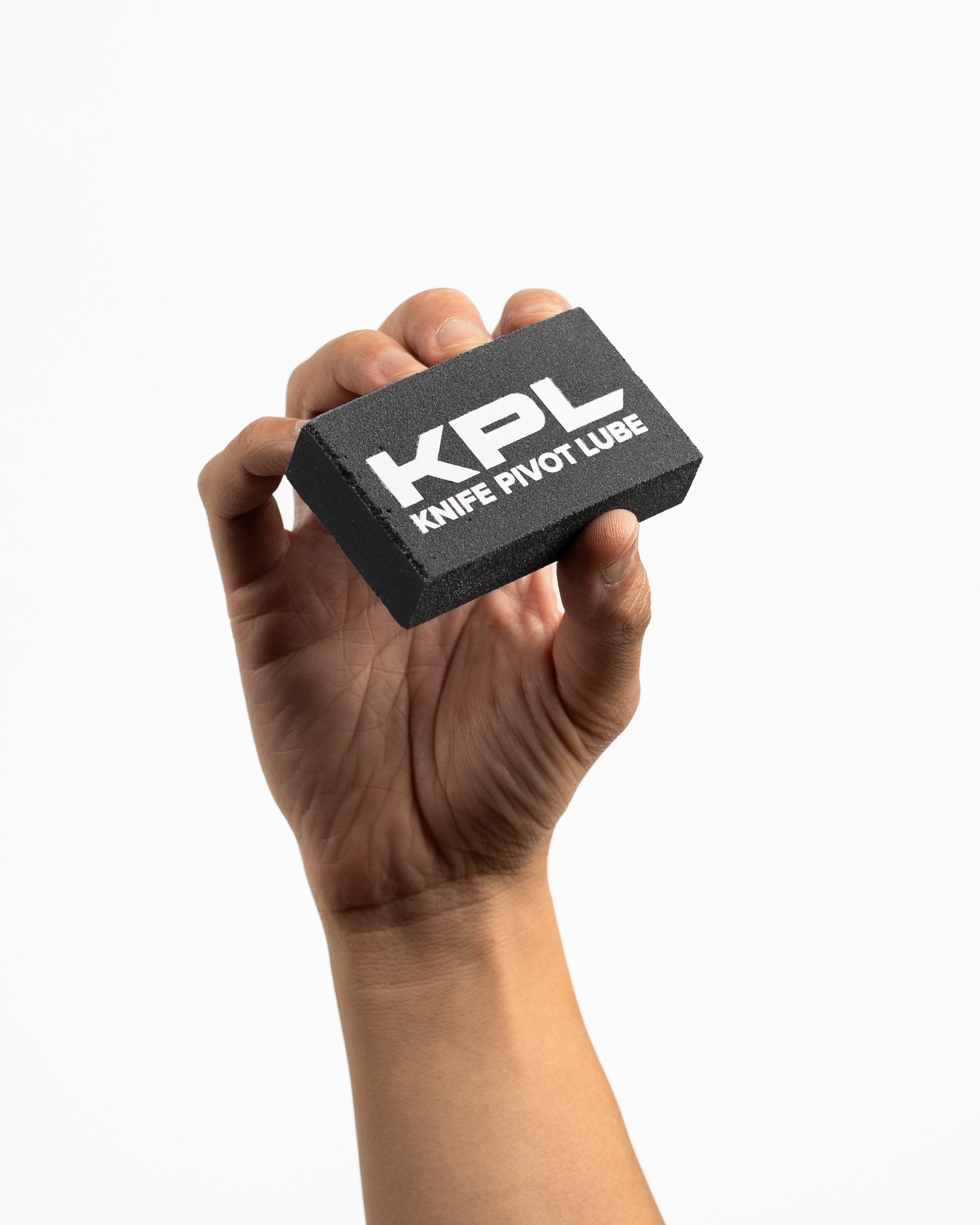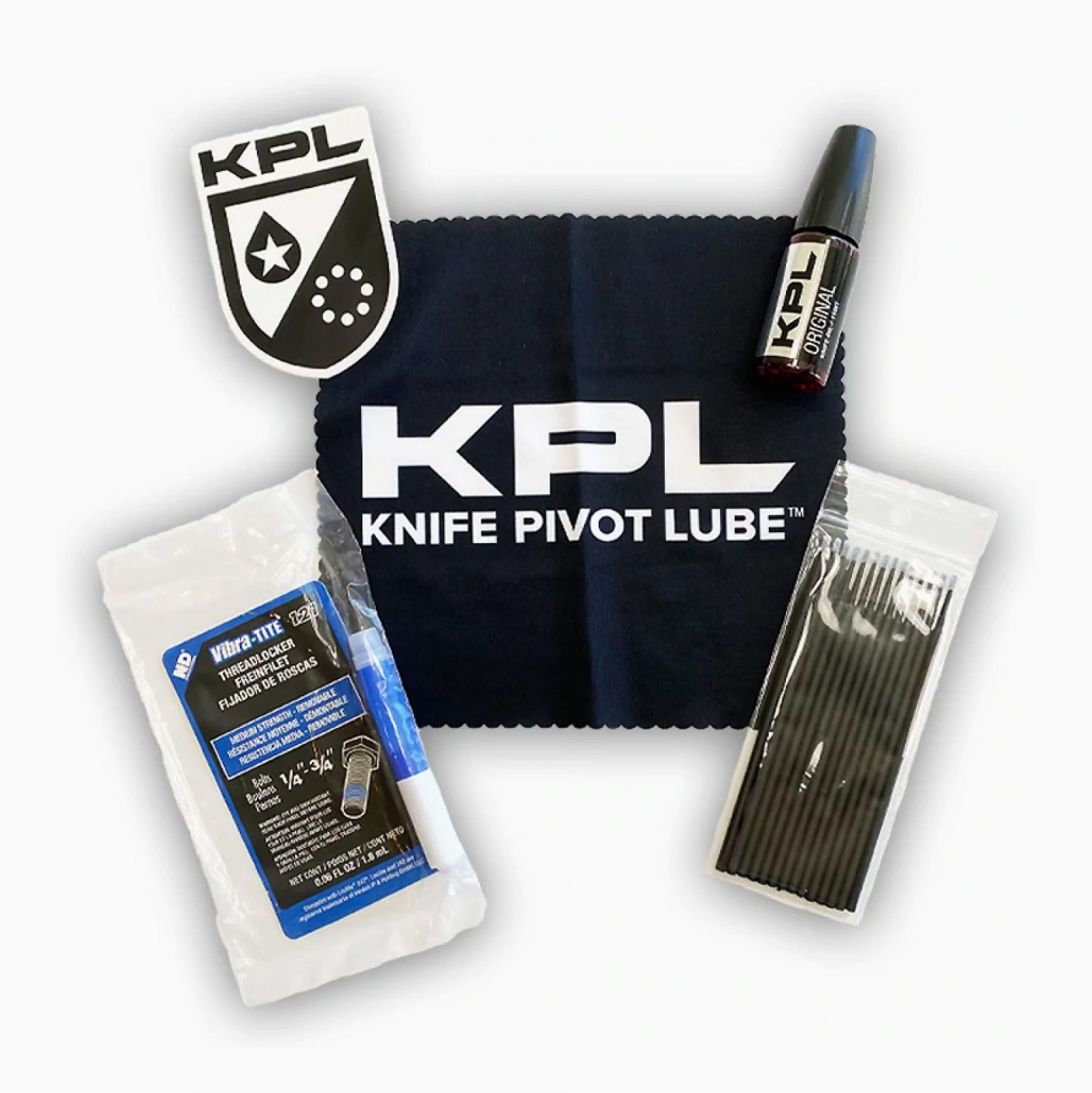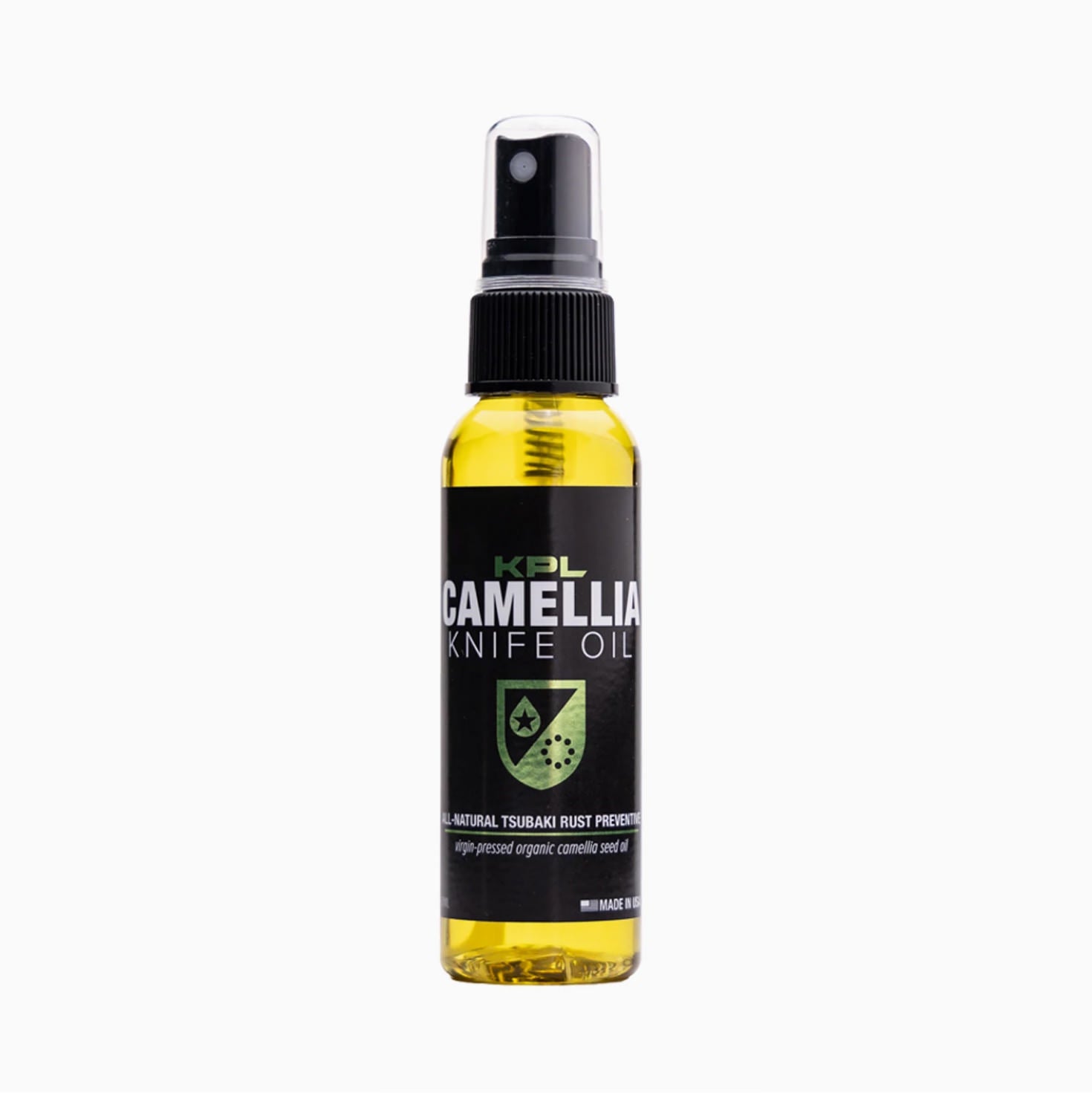Knife maintenance is a big topic that is too large to cover in one article.
This is meant to give you a starting place for many basic points of folding knife maintenance, but is not meant to be all inclusive.
TAKING CARE OF POCKET KNIFE BLADES
It goes without saying that blades are the most important part of a knife, and for this reason they are the most complicated.
In this section we will cover all things blade related including how to care for the edge of your blade and how to care for the steel itself.
POCKET KNIFE BLADE EDGE
For almost all non-knife people, the edge of the blade is the most, and possibly only, important part of a knife.
This can also be true of many knife people, if your blade can't cut it isn't worth having around.
As always with maintenance, the easiest measure is preventive (getting out in front of problems before they become problems).
The most important preventative step is to simply be kind to your blade.
A few simple ‘Don'ts’ are as follows:
- DON'T DOS TO YOUR POCKET KNIFE BLADE EDGE:
- Use your blade as a pry bar
- Use your blade a screwdriver
- Use your blade as bottle opener
Doing any of these things will put strain on your blade in a direction that it is not intended for and has the added bonus of making all of the knife people around you scream.
The tips or edges of blades are not designed for any forces EXCEPT in a slicing or pushing motion.
Prying and twisting will snap or deform any blade no matter the blade steel.
While these problems are fixable with power tools and time, you don't want to put yourself in a place where you have to remake the tip or the edge of your knife to use it again.
SHARPENING
Just the usage of a knife will eventually lead to the blade needing maintenance. Even if you don't abuse the edge of your blade, it will still need some upkeep from time to time.
The most common form of blade upkeep is sharpening which is a topic big enough for its own post but I will try and cover the basics here.
HOW TO SHARPEN YOUR POCKET KNIFE
Sharpening can be a bit of a daunting task for those who have never done it before so lets cover it broadly first and then get down to the mechanics
Let's get some definitions down so we can move to more complex ideas.
Below are the two main parts of a knife edge, the primary bevel and the secondary bevel.
As a very minor note this is true for all knives except those with a Scandinavian grind (also known as a scandi grind) where there is no secondary bevel and the primary bevel comes to a final edge.

When you are sharpening a knife, you are taking metal off the primary bevel to reduce the size of the secondary bevel, making the edge thinner and sharper.
The most common way a knife gets dull is when the secondary bevel begins to round and removing metal from the edge is the only way to get it back there.
To do this, we need a way to take metal off. The easiest way of doing this is with sharpening stones (although you can use many hard materials to sharpen a knife in a pinch).
There are many different ways to use a stone including freehand, jigs and machines.
HOW TO FREEHAND SHARPEN YOUR POCKET KNIFE
Freehand can be the cheapest option, requiring only the stone itself (see below for stone guide) but it takes lots of practice to keep the stone at the same angle the whole time.
The right angle for sharpening depends but usually matching the bevel angle on both sides is your best bet.
While you can change the angle for different purposes, it is always easier to match the angle for beginners. The most important part of freehand is to keep your sharpening angle consistent.

Sharpening with whetstones or other freehand styles is a complex topic, for a more in-depth look at the mechanics there are some great video resources online.
There is no substitute for practice and making mistakes with knives that are less important.
HOW TO USE A JIG TO SHARPEN A POCKET KNIFE
Jigs are where sharpening starts to get expensive, and fast. Jigs are used to hold stones or the knife in place so you don't have to worry about holding the angle yourself.
Popular jigs include the Spyderco Sharpmaker, KME line sharpeners, and cheap pull-through sharpeners.

These can be on the pricey end and give mixed results. Generally with jigs, you get what you pay for.
The higher end 200-500 dollar sharpeners will give amazing results while the cheaper pull through sharpeners can only get a knife so sharp and are locked to a specific angle
HOW TO SHARPEN YOUR POCKET KNIFE WITH A MACHINE
Don't. Just don't. Please for the love of everything don't sharpen any knife you care about with a sharpening machine.
Before I finish my motorized sharpening machine rant, there are few niche cases where one of these machines can be useful. Certain large bladed objects can justify these kinds of devices with the prime example being axes.
One of the best of these devices is the Darex WorkSharp which is a miniature belt sander that comes with a jig to keep the angle of the bevel.
These can also be used for very large knives (like machetes). One thing to keep in mind when using a machine is to never get the cutting edge too hot to avoid breaking the heat treatment.
For all those scratching their head wondering why the hate, here is why you should not use a sharpening machine:
- Takes off too much metal from the stock (think about manual pencil sharpeners versus electric pencil sharpeners)
- Can usually only get one angle and doesn't match the existing angle
- Can heat up the edge of the blade too much and make it useless by breaking the heat treat.
- Usually struggles to get a knife as sharp as possible.
HOW TO SHARPEN YOUR POCKET KNIFE WITH A STONE
Now you have decided on how you want to sharpen your knife, the choice of stone is the next step. This is a very complex topic and could be an article of its own but for starters here are a few things to keep in mind:
- You don't need that many stones to start out with, most stones are double sided so a 220-1000 grit stone is often good for many purposes. 500-2200 is also a good option but will take longer.
- Synthetic stones are much cheaper and give very similar results to natural stones. If you want to spend a little bit more money, Arkansas natural stones are excellent.
- Stay away from oil stones, they tend to be more expensive, harder to maintain and can make quite a mess
Note this is only for whetstones and freehand sharpening as most jigs come with their own stones that fit the kit.
HOW TO TAKE CARE OF POCKET KNIFE BLADE STEEL
Blade steels are of varying difficulty to maintain, based on the steel. For higher carbon steels like D2, the blade will corrode faster.
Stay tuned for a full article for preventing corrosion in blade steel however, the basics of preventing corrosion are:
- Keep your knife dry, water or other liquids will corrode a knife much faster than the normal rate in air
- Use a knife oil or corrosion inhibitor (such as Knife Shield)
- Avoid foods or situations like ocean air or lemon juice that are either salty or acidic
If corrosion still does form or you want to remove corrosion from an already rusty knife, steel wool, ScotchBrite and sandpaper can all be used to take it off along with power tools.
HOW TO TAKE CARE OF POCKET KNIFE PIVOTS
Here at KPL, we are big fans of pivot maintenance. While this topic has been covered in previous articles, the basics will be covered again here for the sake of reference.
Pivots are important to keep maintained for smooth action and longevity of your knife.
The most common reason a pivot might need maintenance is because it gets debris in it.
Debris finds it way into knives mainly either from pockets (lint, dirt, etc), from food or from outdoor uses.
Even for the most careful knife owner, a pivot will still need some upkeep, but it's important not to put your knife in a situation where it will get especially dirty.
If your pivot is already in need of maintenance, there are a few different ways to come at cleaning it.
One popular way to get debris out is compressed air. This works well because it doesn't require the knife to be taken apart but it misses a lot of the small particles.
If you choose to use compressed air, it's often recommended to put a few drops of knife oil in the pivot to deal with smaller particles and prevent future buildup.
The other option is to take your knife apart entirely. This requires more tools, knowhow and time but it can help to clean out every part of the knife.
Getting the knife apart and together can be difficult enough itself, but there are good resources for popular knives (like Nick Shabazz).
Once your knife is apart, it is important to wipe every part of the pivot clean with a non abrasive surface, even something as simple as a paper towel will work.
Make sure you also clean the scale of the knife where the washer or bearing comes in contact with, they often carry lots of debris. You can either put your knife oil in at this step or once the knife is back together.
HOW TO TAKE CARE OF POCK KNIFE LOCKS
In modern locking folding knives, locks are another piece to the puzzle that sometimes have to be maintained.
This is especially true for frame and liner lock knives where a piece of the frame or liner is being pushed against the tang of the blade to prevent it from moving.
Just like any other moving parts, locks can require upkeep.
Unlike many other parts of a knife, the home remedy for locks is often the most effective.
Out of the box, some knives have a common problem called lockstick. This is characterized by the liner or frame having too much friction with the tang of the blade.

In order to prevent or cure lockstick there are two products that you have lying around the house and have consistently good results, pencils and Sharpies.
Using either, you can put a layer of graphite or sharpie on the tang of the blade when it is in the closed position.
While this isn't a one-size-fits-all solution to lockstick, it often fixes minor problems. However, if the lock geometry is bad out of the factory, there is very little you can do about it.
HOW TO TAKE CARE OF POCKET KNIFE DETENTS
In the same vein as lockbars, detent balls and tracks tend to accumulate gunk with normal use of a knife.
Without going into too much depth, detents are a little tricky to maintain.
In the near future, there will be a full article for lubricating detents, so stay tuned for that.
If you already have a knife that feels gritty when the lockbar moves over the blade, you are going to want to take your knife apart and wipe the track totally clean.
As before, taking a knife apart can be tricky based on the knife. Once you have it apart, place a drop of your preferred oil (we recommend KPL Heavy) on the track and in the detent hole.

Conclusion: How To Take Care of a Pocket Knife
Hopefully this article was useful for maintaining your knife.
Every topic covered could have its own post, or sometimes even book on it so don't consider this the end-all-be-all of knife maintenance, but rather a starting point.


